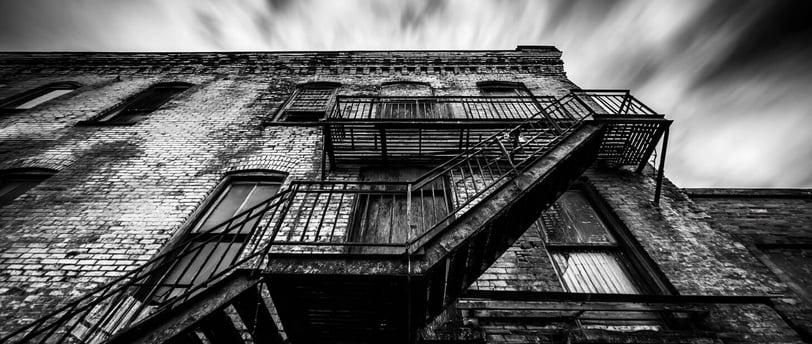Discover Art for Every Space — From Collector Prints to Curated Digital Downloads
Why Is Black and White Photography Important? A Look at Its Enduring Legacy
BLACK AND WHITE PHOTOGRAPHY INSIGHTS
Gary Washington
2 min read


More Than a Style — It’s a Legacy
Black and white photography isn’t just a creative choice. It’s the foundation of photographic history and one of the most enduring forms of visual storytelling. While color dominates modern digital media, black and white remains powerful — precisely because of what it strips away.
Understanding its importance means looking at how it began, why it persists, and what it still teaches us today.
A Brief History of Black and White Photography
Before color film existed, all photography was black and white — or more accurately, monochrome. From the 1820s to the mid-20th century, photographers used silver halide-based processes to capture life in shades of gray.
Key Milestones in Its History:
1826: First photograph ever taken — in black and white
Late 1800s–1920s: Photojournalism and portraiture flourish in monochrome
1930s–1940s: Fine art photographers like Ansel Adams and Henri Cartier-Bresson elevate black and white as a serious medium
1950s–1970s: Color becomes commercially available, but black and white holds strong in street, architecture, and editorial work
Today: Still used in fine art, documentaries, and modern digital prints — including architectural photography
This unbroken lineage gives black and white photography its weight. It’s the visual language of memory, heritage, and timeless design.
Why It Still Matters in the Digital Age
Despite having access to every color imaginable, many artists — including modern architectural photographers — still choose black and white. Why?
Because it forces focus. It makes you look differently.
The Importance Lies in What It Removes
No color = fewer distractions
No noise = more emotional clarity
No time stamp = a sense of permanence
This is why black and white prints continue to dominate galleries and collector spaces. They invite introspection, not just reaction.
Black and White Photography in Architecture
Architecture may be defined by structure, but it’s experienced through light and time — two things black and white captures beautifully.
In architectural photography, black and white helps us:
Emphasize geometry
Highlight contrast between material and environment
Remove decorative noise to focus on design intent
That’s why black and white architecture prints remain popular in both fine art and interior design.
Cultural and Emotional Significance
The importance of black and white photography also comes from its associations — we link it with:
Truth (used heavily in journalism and documentary work)
Elegance (common in high-end editorial and gallery prints)
Reflection (used in storytelling, memory, and introspection)
Even buyers who don’t know the technical reasons often say black and white feels more emotional. That’s not an accident — it’s a cultural inheritance.
Lessons Modern Photographers Still Learn from It
New photographers are often taught using black and white exercises. Why?
Because it teaches the fundamentals of visual storytelling:
Composition
Tonal range
Contrast and light
Subject isolation
Texture and emotion
In short: it teaches you to see what really matters.
Why Collectors Choose Black and White Art
For collectors, black and white photography signals:
Timelessness
Sophistication
Universality (fits into almost any space or style)
Story (photos that say more with less)
If you’re curating a gallery wall or starting your collection, black and white architectural prints provide balance and meaning — not just decoration.
Final Thoughts: Its Importance Is in the Impact
So, why is black and white photography important?
Because it’s how photography began.
Because it teaches you how to truly see.
Because it carries emotional depth, cultural memory, and artistic focus.
And because even in a world saturated with color, the quiet power of black and white continues to speak louder than ever.
It’s not just a format. It’s a tradition — one that continues to evolve, inspire, and resonate.
Ready to Own a Piece of This Legacy?
Browse our fine art gallery of black and white architectural prints — rooted in history, refined for today.
For a deeper understanding, explore Why Do Photographers Use Black and White? The Professional Reason Behind the Choice.
Mr. Washington Gallery
Mr. Washington Gallery showcases striking black and white architectural photography and fine art prints. Rooted in timeless design and thoughtful composition, each piece invites reflection, storytelling, and a deeper connection to the built world.
Quick links
© 2025. All rights reserved.
